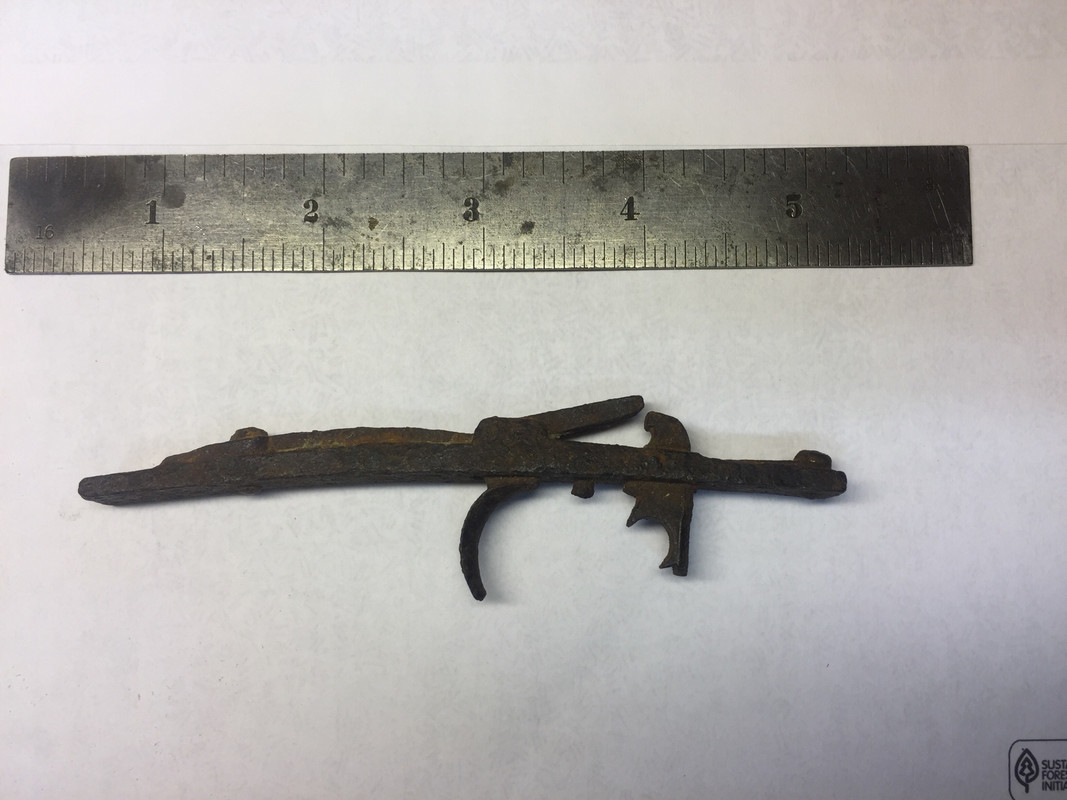Was wondering if any military arms were made available to civilians during the colonial, revolutionary or civil war years? This could include arms of the European armies of the period. Piney Creek
My earliest reference, though I can't lay my hands on the quote right off the bat, is from the 1690's when the Virginia legislature thought it was a good idea to import old "surplus" military arms that could be sold rather cheaply to poorer members of the Virginia Militia. However, they could not sell them as either some members of the militia were too poor to buy any gun OR they would not accept the military guns as they were "too heavy" for hunting and other uses. Unfortunately, there is not much documentation on what happened to those guns.
In 1714, there were enough Arms sent to Virginia from Queen Anne's government, that the legislature voted
"to build "a good substantial house of brick" precisely to protect the colony's arms and munitions." Thus the Powder Magazine, that can still be seen in Colonial Williamsburg, was built by 1715. Probably the most advanced these muskets were, would have been "dog lock" flintlock muskets.
"So many munitions arrived from 1754 to 1763 in the course of the French and Indian War that the additions of a high perimeter wall and Guardhouse were necessary."
https://www.history.org/Almanack/places/hb/hbmag.cfm
To my knowledge and I've asked more than once at Colonial Williamsburg, they don't have much information on how Arms were procured by Virginia in the first half of the 18th century and what kinds of Arms they were.
We do know that Governor Shirley of New York received 10,000 Arms from British Ordnance after Braddock's Defeat, early in the FIW. However, following British Ordnance's Policy of the Oldest Arms issued first, these were actually "Dutch" Muskets made on the Continent and some outdated German muskets as well. These Muskets were in poor to terrible condition, according to many period accounts.
Since the Colonies could not get enough Arms from British Ordnance in the FIW, they bought arms from British Contractors like Wilson and also older muskets from the Continent, including Spain.
Unfortunately, Bailey doesn't go into great detail on how the 18th century British Ordnance surplus sold outdated Arms or Arms that were not economical to fix - other than to say on the latter ones, they may have used or sold the barrels, but kept the brass furniture to be melted down for the current Pattern Muskets. Repairable Arms were sold at times to British Contractors who often sold them "to the trade," which could mean the Slave Trade or perhaps some came to the Colonies. Repaired/Refurbished Arms were generally issued to the English/British Militia and perhaps at times were sent to the Colonies.
Gus

